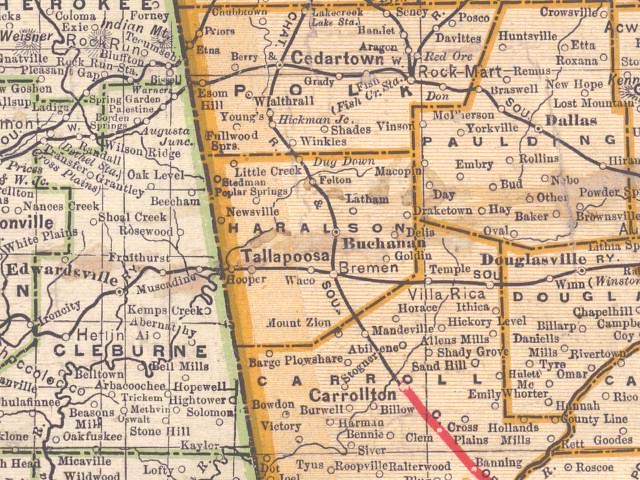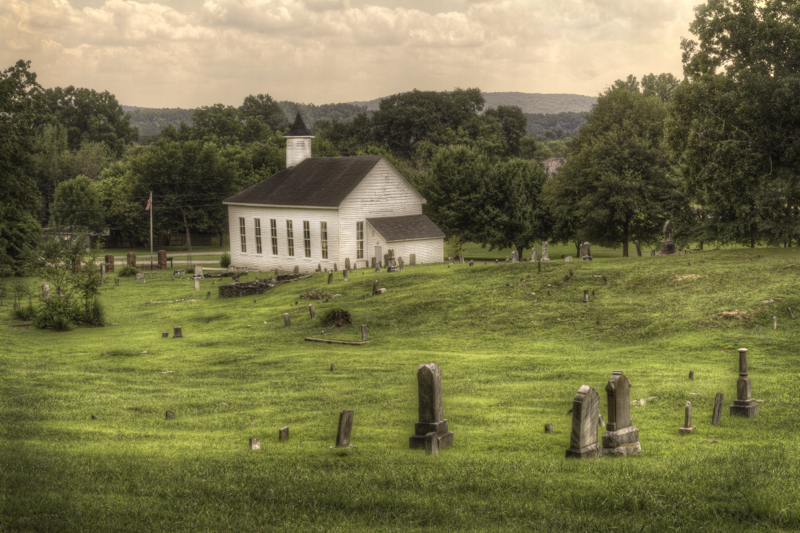Polk County Genealogy Records

Inferior Court Records are Important to Finding Ancestors


Names of Families in Polk County Wills, Estates, Marriages
Marriages
- 1854 to 1880
- 1878 to 1884
- From Newspapers 1885-1886
Indexes to Probate Records
- Will Bk A, 1848-1936, includes Wills, Letters of Administrations, Letters of Guardianship
- Annual Returns and Vouchers (1860-1893)
Digital Images of Polk County Wills (1848 to 1911)
Ammons, Jesse | Atkins, Joel | Ayres, John | Ayres, Moses | Bobo, Letty | Bray, Edmund | Brewster, Hugh | Brooks, Alexander | Brooks, Chivers | Brown, Leannah | Burge, Adolphus | Butts, Joel | Camp, Hosea | Cantrell, R. C. | Carden, Charles | Carnes, John | Carter, Ezekiel | Carter, Rawley | Chisolm, Thomas | Davitte, John | Dawson, John | Devaney, Mary | Davis, Eli | Davis, Israel | Dempsey, James | Drummond, Henry | Drummond, William | Everitt, Alexander | Fambro, Urban | Forister, Sarah | Gibson, Springer | Golding, J. B. | Greenwood, John | Griffin, David | Heslip,David | Heston, John | Hogg, William | Hopper, Jonathan | Hutchings, Robert | Ingraham, Thomas | James, James | Jenkins, William | Johnson, Allen | Jones, John | Lowe, Andrew | Lumpkin, Annis | Marlin, Martin | Mason, Sarah | McGrady, Silas | McIntire, D. W. | Mize, James | Morgan, G. W. | Morgan, Joseph | Morgan, Joseph Adolphus | Morrison, David | Moseley, Benjamin | Ossert, Vincent | Owen, William | Parham, John | Peek, William | Phillips, Henry | Prior, Asa | Sockwell, Thomas | Swanson,James | Terrell, Joel | Thompson, Ephraim | Trotter, Mary | Walthall, Susan | Watts, H. H. | Webster, Reubin | West, George | West, James | Whatley, Wilson | Whitehead,James | Willingham,James | Wilson, Samuel | Wood, John | Wright, William | Wynn, Robert | Young, Augustus | Young, Robert
Miscellaneous
- Simerville to Guess (deed)
- Summerville to Jones (deed)
Polk County Families: Barber History Explains Everything
The detective work of the genealogist is never complete. The reason is that there are so many questions concerning where they resided, their origins, and the reason that they were on the move. The answers are embedded in history. A perusal of a local church cemetery provides such answers on the tombstone inscriptions, as chlorella, dysentery, and other diseases which swept across the communities of early settlers. Other sources are military records, such as the local militia frequently calling out to fight Indians. Or, was it the Revolutionary War when people left home for three-month spans to fight the enemy and afterward took up land elsewhere? There were primitive forts throughout Georgia all during the period in which white settlers were taking up bounty grants. Several forts had the name Fort Defiance. An exhaustive search discovers that one during the War of 1812 was located near the Jasper-Jones County Line. Consider Colonel Benjamin Hawkins and his published account as to the Indian Agent south of Macon. There were several “camps” and “forts”s; in regions where the population needed protection. Another Fort Defiance, during the same war, was situated at Sunbury when Naval forces protected this harbor. These forts, as well as others, are mentioned in the name catalog at the Georgia State Archives denote military references to where people were serving. However, just writing down these remarks is not enough. One needs to do some research on finding these places because it provides more to historical insight into the lives of our ancestors who came to America during critical times. And there is a story behind it.
